Sign Language Studies
4.6
Reviews from our users

You Can Ask your questions from this book's AI after Login
Each download or ask from book AI costs 2 points. To earn more free points, please visit the Points Guide Page and complete some valuable actions.Related Refrences:
Analytical Summary
The book Sign Language Studiespp.592—595 by Vadim Kimmelman is a focused academic examination of the complex structures, usage patterns, and socio-linguistic dimensions of sign languages. Designed primarily for scholars, practitioners, and advanced students of linguistics, it engages the reader with a meticulous analysis that bridges empirical data and theoretical discourse.
Within its concentrated pages, this work investigates the grammar, morphology, and syntax unique to visual-manual languages. Kimmelman draws upon cross-linguistic comparisons and documented research to highlight how sign languages operate as natural languages, complete with rich expressive and functional capacities. The book not only addresses the structural aspects, but also the interplay between linguistic form and social context, offering readers a window into how deaf communities construct and convey meaning.
Information regarding precise publication year, academic reception, or awards is unavailable due to a lack of reliable public sources. Nevertheless, the scope of these pages leaves no doubt about the text’s scholarly commitment and practical relevance. By situating sign language within broader linguistic theory, the volume strengthens the understanding of communication modalities beyond spoken interaction.
Key Takeaways
Readers will emerge from Sign Language Studiespp.592—595 with a sharpened perspective on both the linguistic intricacies and the cultural dimensions of signed communication.
One primary takeaway is the affirmation that sign languages possess full-fledged grammars comparable in complexity to spoken ones. This idea counters lingering misconceptions that these are mere gestural systems.
Another important lesson is the critical role of visual-spatial modality in shaping how grammar and vocabulary function in sign languages. This modality impacts sentence structure, verb agreement, and discourse cohesion.
The text also encourages consideration of sociolinguistic factors, such as the influence of community norms, education systems, and cross-cultural exchange on the evolution of sign language frameworks.
Furthermore, it emphasizes the necessity of methodological rigor when carrying out linguistic research in signed contexts—a reminder for professionals that accurate data collection is essential.
Memorable Quotes
These reflections illustrate the academic and cultural impact conveyed within these pages.
“Sign languages are not merely gestures; they are complete languages that evolve and adapt.”Unknown
“The visual modality offers unique insights into human linguistic capacity and its versatility.”Unknown
“Studying sign languages expands our definition of what a language can be.”Unknown
Why This Book Matters
Sign Language Studiespp.592—595 serves as a bridge between theoretical linguistics and the lived realities of visual-manual communication.
Its significance lies in affirming the academic legitimacy of sign language studies, challenging persistent biases, and expanding understanding within the academic community. By documenting and analyzing the grammatical and pragmatic features of sign languages, the work stands as an essential scholarly resource.
For professionals engaged in interpreting, linguistics, or language policy, its measured approach offers a framework to enhance both practical work and theory-driven research. It advances discourse around inclusivity, accessibility, and cognitive diversity.
Inspiring Conclusion
In closing, Sign Language Studiespp.592—595 invites readers to transcend traditional boundaries of linguistic study and to engage deeply with the fascinating world of signed communication.
For scholars, practitioners, and curious thinkers alike, this text is an opportunity to reflect on the rich diversity of human languages and to appreciate the artistry embedded in visual-manual expression. The careful research and analysis contained within these pages underscores the book’s role as a sophisticated tool for enhancing academic dialogue.
It is a compelling call to read, share, and discuss the findings, ensuring that the conversation around sign languages continues to grow in depth and impact.
Free Direct Download
You Can Download this book after Login
Accessing books through legal platforms and public libraries not only supports the rights of authors and publishers but also contributes to the sustainability of reading culture. Before downloading, please take a moment to consider these options.
Find this book on other platforms:
WorldCat helps you find books in libraries worldwide.
See ratings, reviews, and discussions on Goodreads.
Find and buy rare or used books on AbeBooks.
1020
بازدید4.6
امتیاز50
نظر98%
رضایتReviews:
4.6
Based on 0 users review
"کیفیت چاپ عالی بود، خیلی راضیام"
Questions & Answers
Ask questions about this book or help others by answering
No questions yet. Be the first to ask!

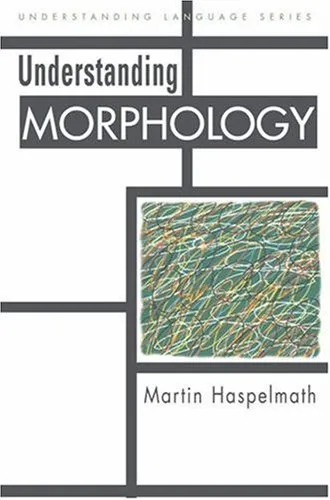
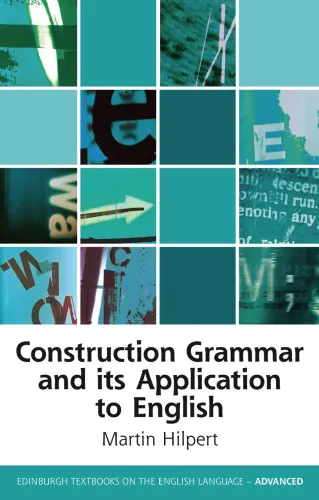



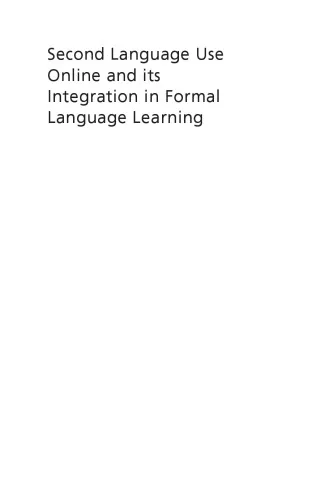
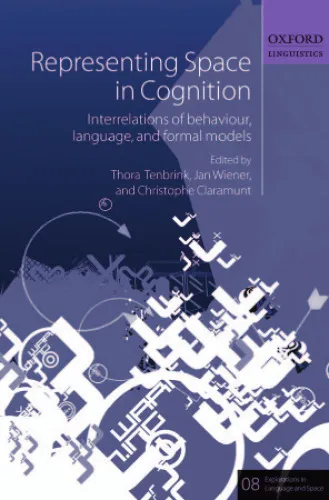
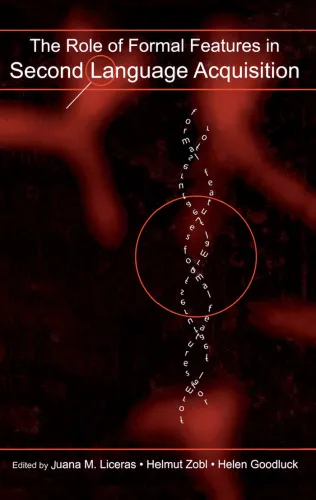
![Trends in Linguistics. Studies and Monographs [TiLSM]; 113](https://s3.refhub.ir/images/thumb/Trends_in_Linguistics__Studies_and_Monographs_43772.webp)
